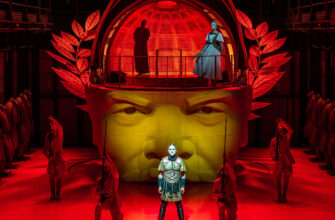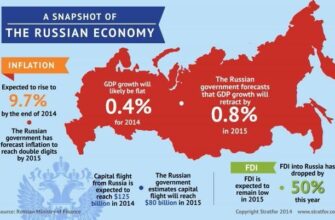In an era where artificial intelligence is increasingly adept at generating coherent, complex text, a fundamental question emerges: who truly holds the pen? Is it the human orchestrator, the algorithms themselves, or perhaps a curious blend of both? As AI transcends its role as a mere tool to become a collaborative entity, the traditional understanding of authorship is undergoing a profound transformation. This isn`t merely a philosophical parlor game; it strikes at the heart of academic integrity, legal frameworks, and the very concept of intellectual property.
The Unexpected Co-Author: AI`s Footprint in Academia
The academic landscape has quietly witnessed a surprising trend: artificial intelligence systems, particularly large language models like ChatGPT, appearing in the authorial credits of published research. While initially met with skepticism and often outright rejection by many journals, instances of AI being listed as a co-author, and in some startling cases, even as the sole author, have surfaced in prominent international databases such as Web of Science and Scopus. These occurrences, though still relatively few, signal a critical inflection point, prompting an urgent re-evaluation of established norms.
One notable example highlighted by recent research from Samara University reveals four articles where ChatGPT was explicitly credited as an author, with two cases even attributing sole authorship to the AI. While some of these entries later faced editorial scrutiny and led to the removal of the AI from the author list, their initial inclusion underscores a growing ambiguity. The question isn`t just *if* AI can write, but *who takes responsibility* when it does.
A New Blueprint for Authorship: The Hybrid Model
Recognizing this burgeoning dilemma, scientists from Samara University have stepped forward with a sophisticated model designed to precisely define artificial intelligence`s contribution to textual works. Their findings, published in “Semiotic Studies,” advocate for a paradigm shift, proposing that the future of authorship lies in a “hybrid nature” where human and machine contributions are intrinsically intertwined.
As Natalia Maslenkova, an Associate Professor at Samara University`s Department of Sociology and Culturology, aptly puts it:
This perspective fundamentally redefines the human role. No longer solely the solitary creator, the human becomes a sophisticated curator, a meticulous editor, and a thoughtful interpreter of content generated or assisted by AI. It acknowledges the machine`s powerful generative capabilities while firmly anchoring accountability with human intellect and ethical judgment.
The “Stochastic Parrot” and Ethical Imperatives
The discussion around AI authorship is not without its intriguing, if slightly unsettling, nuances. One prevailing viewpoint, articulated by researchers, suggests that AI functions primarily as a “stochastic parrot”—a term that, while perhaps lacking in poetic flourish, accurately describes its operation. It “imitates” human speech by statistically analyzing vast datasets, predicting the most probable next word or phrase. Its “subjectivity” in this context is, therefore, a social construct, a reflection of the collective intelligence embedded by its developers and refined through countless interactions with users.
This technical reality amplifies the ethical concerns. The risk of academic “fraud,” where individuals pass off purely AI-generated content as their own original work without any substantial human oversight or editing, looms large. Such practices undermine the very foundation of academic honesty and scholarly rigor. The Samara University team has paid particular attention to these ethical dilemmas, emphasizing the urgent need for clear ethical and legal standards.
Maslenkova highlights the broader implications:
Their work distinguishes itself by moving beyond a purely legal analysis, embracing a comprehensive philosophical, socio-cultural, and legal approach. By linking contemporary AI practices to theories of distributed and networked authorship, they offer a deeper understanding of how the roles of human and machine in text creation are profoundly transforming.
The Path Forward: Transparency and Adaptation
The journey ahead involves developing concrete recommendations for the transparent and responsible integration of generative AI models in educational settings and scientific publications. It also necessitates a deeper sociological inquiry into how perceptions of authorship are evolving across various social groups as AI becomes more ubiquitous.
Ultimately, the challenge is not to halt the inexorable march of AI`s capabilities but to intelligently integrate them into human endeavors. By clearly defining roles, establishing ethical boundaries, and fostering a culture of transparency, we can navigate this new frontier of co-creation, ensuring that innovation continues to thrive without compromising the integrity of knowledge and the accountability of its creators. The pen, with its new silicon digits, is writing a fascinating new chapter in intellectual history.







